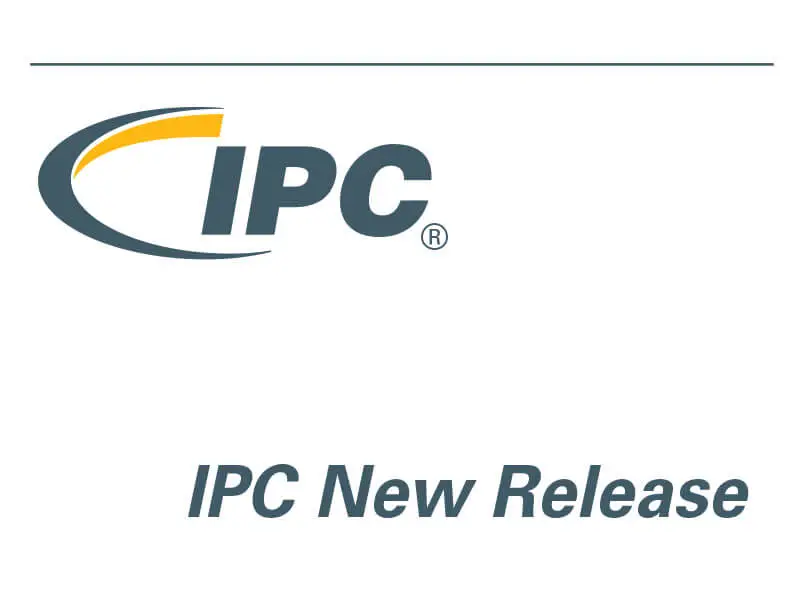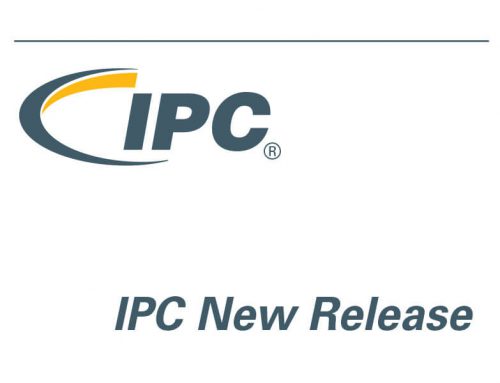The IPC-2292 standard establishes specific requirements for the design of printed electronic applications and their forms of component mounting and interconnecting structures on flexible substrates. Flexible substrates, as pertaining to IPC-2292 standard, are materials or devices which have some amount of flexibility or bendability (not rigid) but are not considered to be stretchable (e.g., fabrics, textiles, stretchable polymers, etc.).
IPC New Release: IPC-2292: Design Standard for Printed Electronics on Flexible Substrates
IPC-2292 standard also defines three Standard Printed Electronic Designs (SPEDs) and includes an appendix with fabrication and design feature benefits and drawbacks.
Number of pages 72.
This standard establishes specific requirements for the design of printed electronic applications and their forms of component mounting and interconnecting structures on flexible substrates. Flexible substrates, as pertain to this standard, are materials or devices which have some amount of flexibility or bendability (not rigid) but are not considered to be stretchable (e.g., fabrics, textiles, stretchable polymers, etc.).
1.1 Printed Electronics Types Any printed electronics design will be incumbent on requirements from the customer, materials to be used and the printing processes. The following printed electronics types represent the known variations of printed electronics. These types cover all known processes for printing electronics (e.g., screen, aerosol, 3D, etc.). As other types or printing processes are made known, they will be added to this standardized list of types.
Preview the IPC-2292 table of contents .pdf file.


